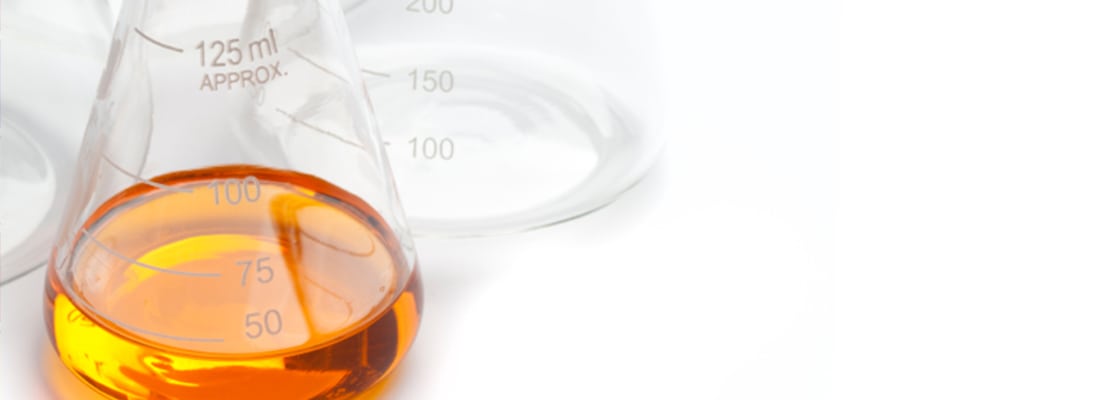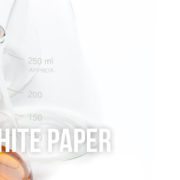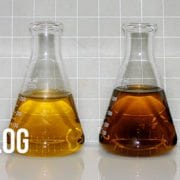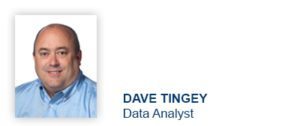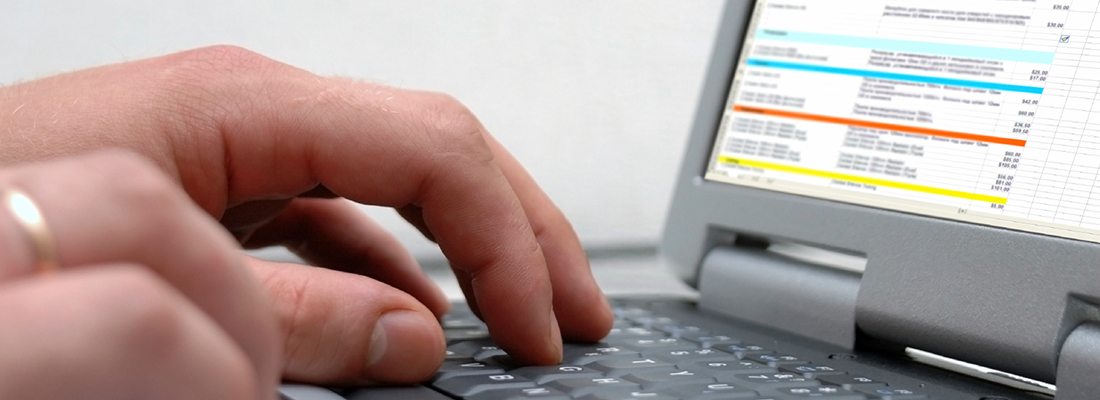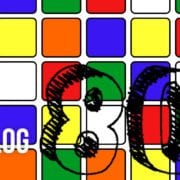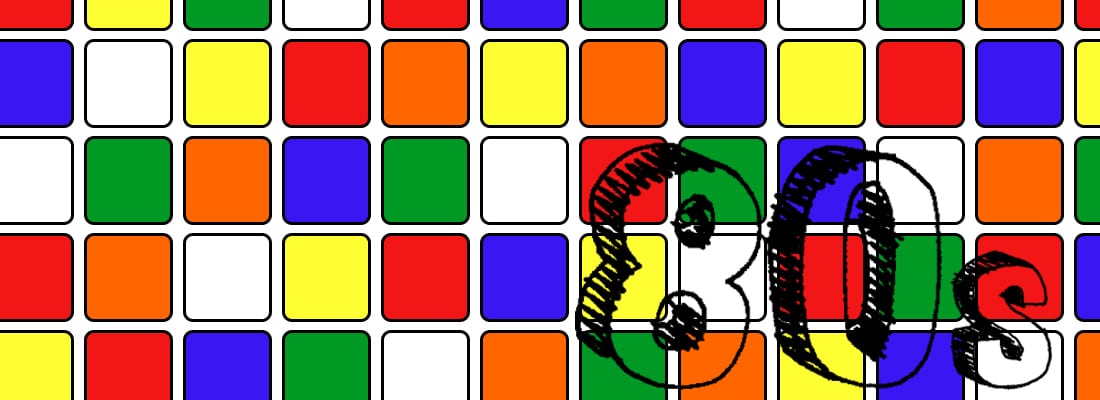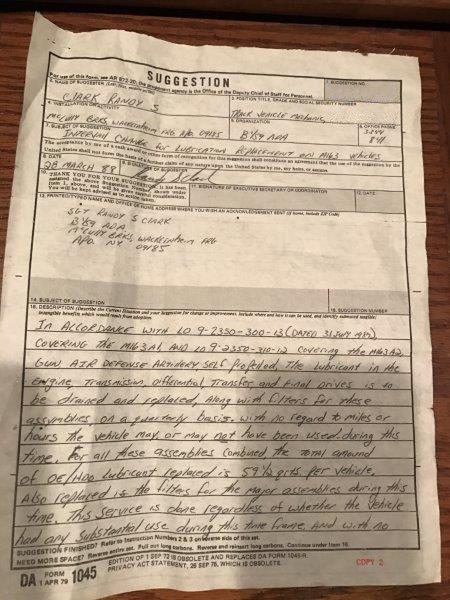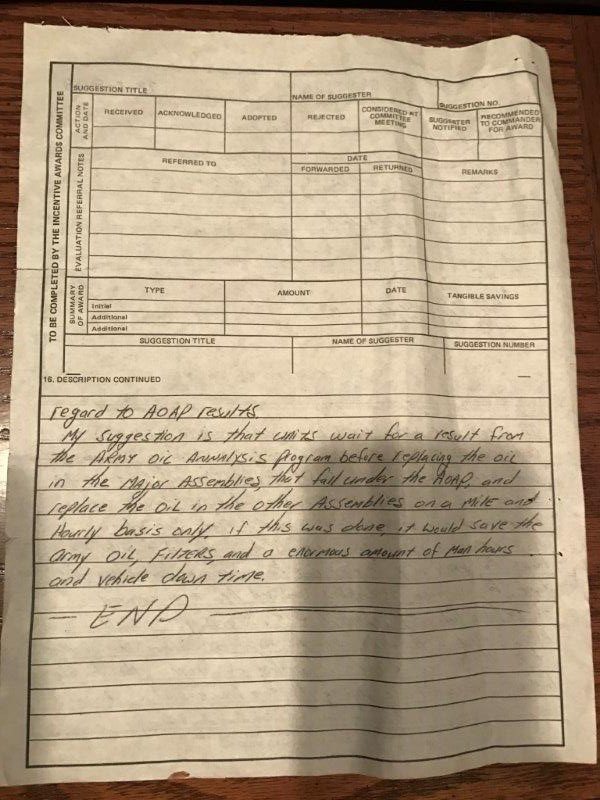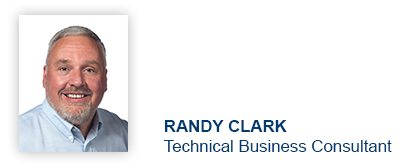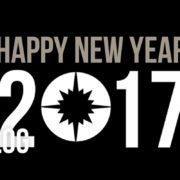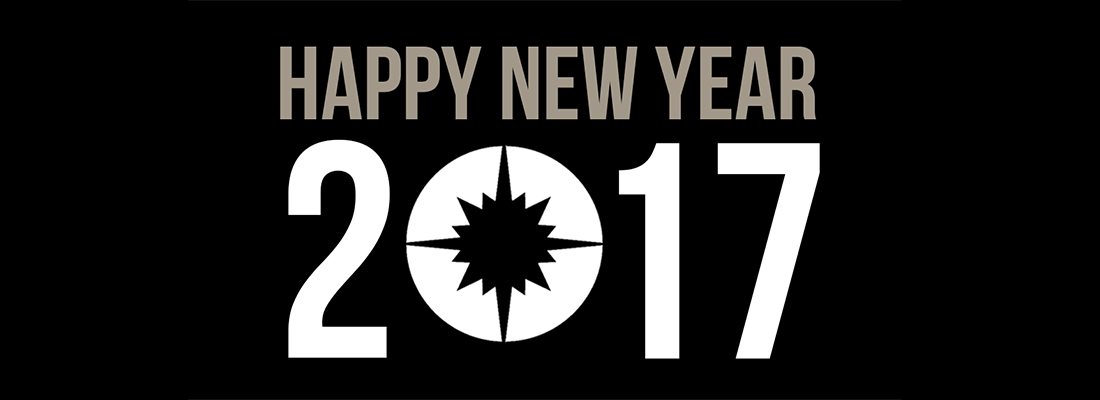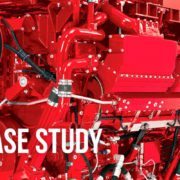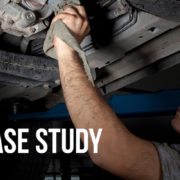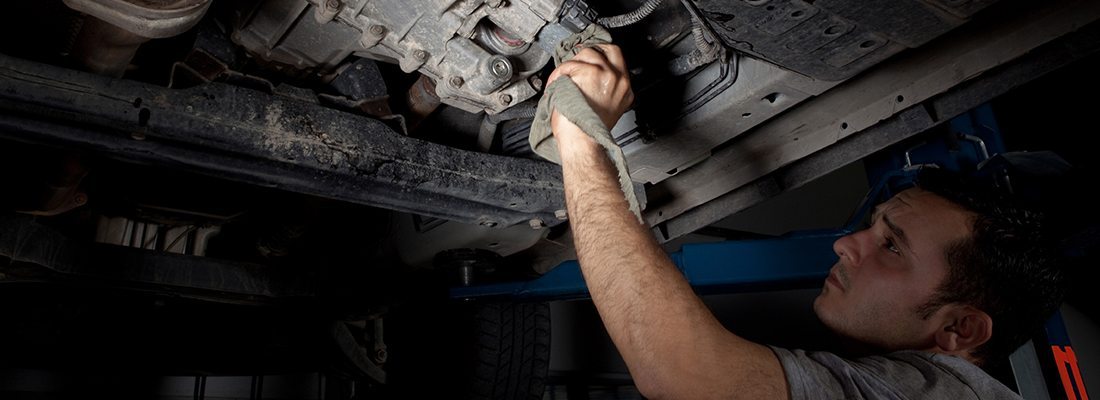
Are you seeing dark spots on your scanned sample paperwork? Was your sample not run because there was not enough fluid? These are both signs your sample may have leaked in transit. Lucky for you, there are a few simple actions you can take to both prevent samples from leaking and improve your testing experience.
The following questions can help you determine the cause of your sample leaks and help you make improvements.
Are you checking to see if your bottle cap is secure before sending?
When samples are filled with a hot fluid and the lid is secured, the bottle will expand from the heat. Once it has cooled, your cap may no longer be tightly secure. Before you place your sample in the mailer, check to see if each lid is tightly closed. This will help prevent both damaged paperwork and fluid loss.
Are you submitting your samples online via HORIZON®?
If you are using a paper copy of the sample submission form to submit your sample, a leaky bottle can spill on the paper, resulting in hard to read paperwork and processing errors. Using online or mobile sample submission can help you avoid this issue and ensure your sample information is readable by the POLARIS Laboratories® team.
Are you only submitting paper forms?
If you choose to submit your samples with a paper form, instead of HORIZON, it is especially important your bottles are cool and caps are secure. This can protect your paperwork from a leak, ensuring your samples are processed efficiently and accurately. When submitting the paper form, be sure to take advantage of the pocket on the outside of the envelope mailer.
Are you properly packing your paperwork?
The most effective way of avoiding a sample leak is by taking the time to properly pack your samples for transit. Be sure to place your paperwork in the pocket on the outside of your envelope mailer. This will help ensure your paperwork is safe and dry should the sample leak. Double check your work and make sure you are carefully writing all information.
Are you unable to read scanned sample paperwork? Seeing spots?
If you are seeing dark spots on your scanned sample paperwork, your sample is most likely leaking in transit. Check with your maintenance team to verify everyone is following proper procedure when shipping samples. This includes: allowing samples to cool and double checking all sample bottle lids are tightly secured. Submitting samples online or storing your paperwork away from the sample, when placed in the mailer, can also help you prevent damaged paperwork and delayed results.
For more information on sample submission, check out my recent blog post on the Dos and Don’ts of Sample Submission.
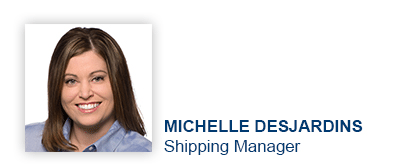
Proven Impact. Proven Uptime. Proven Savings.
Let us prove it to you.
